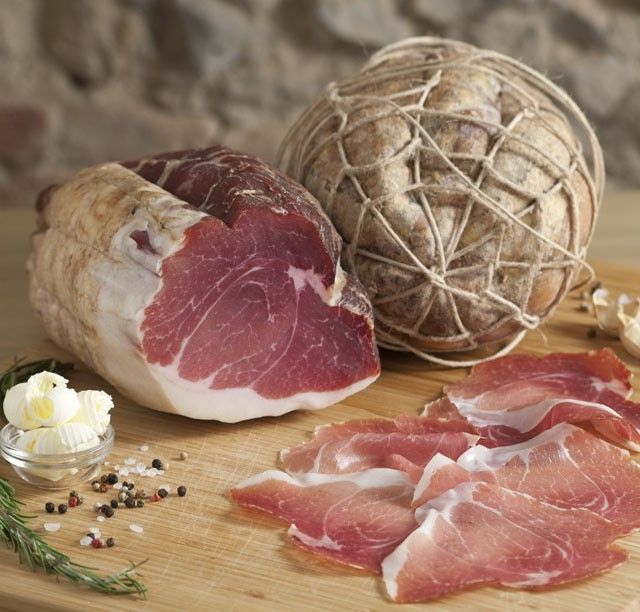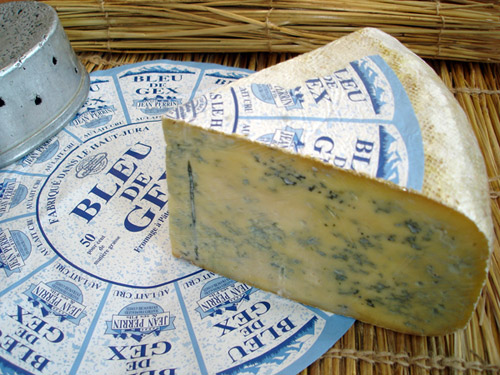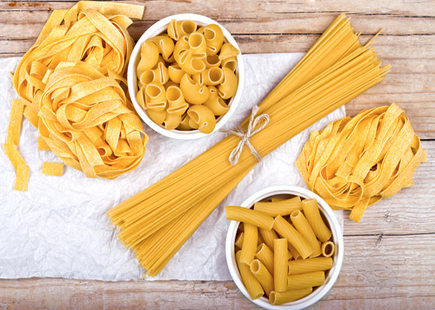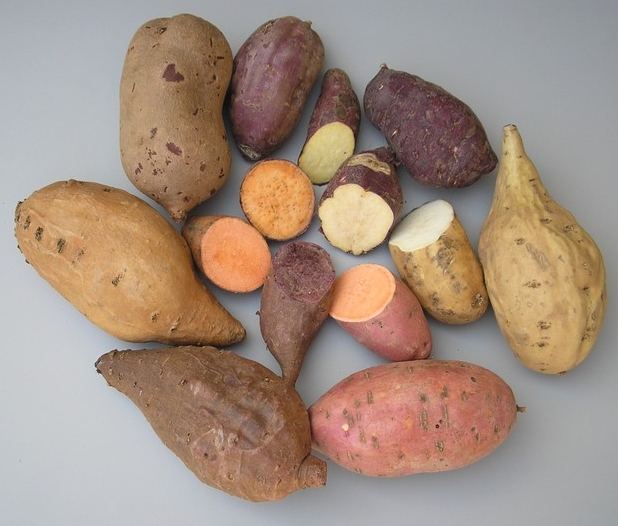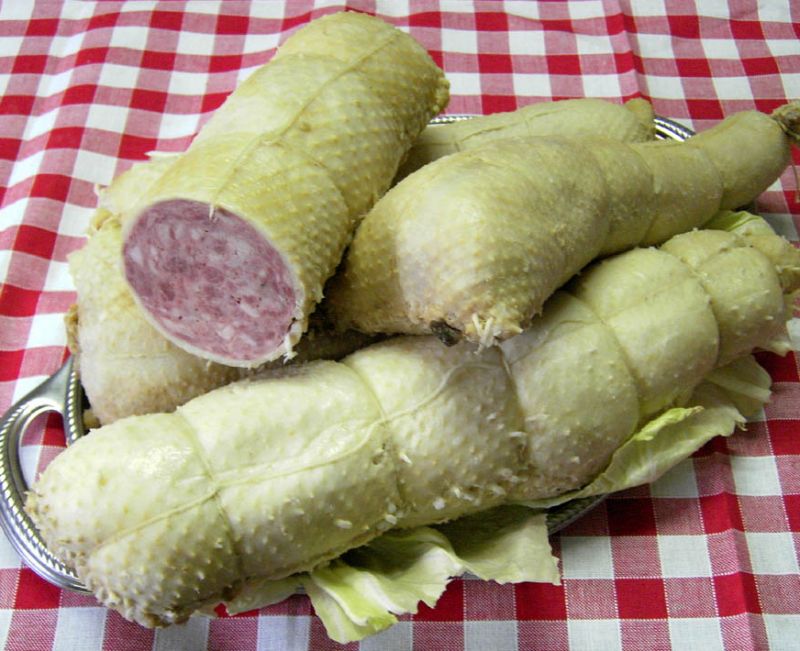During slaughtering, the culatello is isolated from the defatted and dehided thigh of the pig by cutting. This is followed by trimming, by which the femoral bone is removed along with excess fat. The meat then undergoes an initial tying and is sprinkled with salt. To facilitate uniform penetration of the salt into the tissues, the cheeses are massaged vigorously and then left to rest for one to six days; then the culatello is stuffed into a pork bladder tightly sewn together, a tying that gives it its typical pear shape. After an initial draining, it is dried, for between 1 and 2 months, while the curing process continues for at least 12 months. Since culatello lacks a significant outer layer of fat, it requires a decidedly humid climate for aging so that dehydration does not dry out its surface too much. At the end of maturation, the wheel of cured culatello weighs an average of 3-5 kilograms. Culatello is a naturally aged cured meat obtained from the top and back part of the pig’s thigh. At the time of consumption, the slices have a red color, sometimes slightly pinkish, or purplish, with the presence of white fat between the muscle bundles, concentrated in the central part of the form. The aroma is sweet and delicate, with hints of the maturing environment. In the mouth it is sweet, savory and persistent. It should be eaten after removing the string that covers it and the bladder in which it is stuffed, and then cut into very thin slices with a very sharp knife.
(corrieredellasera)
